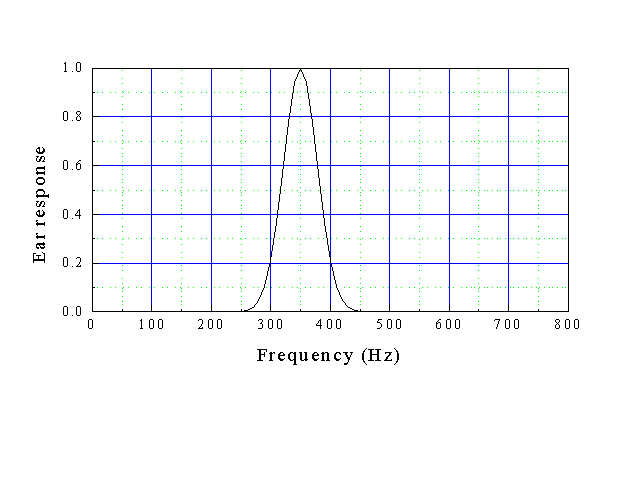7.6 Problems
Section 7.1
Section 7.2
|
f1 = 500 Hz |
f2 = |
|
|
g1 = 540 Hz |
(f1,g1) = |
(f2,g1) = |
|
g2 = |
(f1,g2) = |
(f2,g2) = |
b) Which pairs of frequencies are within a critical bandwidth and what are their beat frequencies?
c) How would all of these frequencies sound if played together?
|
f1 = |
f2 = |
|
|
g1 = |
(f1,g1) = |
(f2,g1) = |
|
g2 = |
(f1,g2) = |
(f2,g2) = |
b) Which pairs of frequencies are within a critical bandwidth and what are their beat frequencies?
c) How would all of these frequencies sound if played together?



Section 7.3
Section 7.4
| Fundamental | 2f |
3f |
4f |
5f |
6f |
220 Hz |
|
|
|
|
|
|
|
|
|
|
|
| Fundamental | 2f |
3f |
4f |
5f |
6f |
7f |
8f |
9f |
220 Hz |
|
|
|
|
|
|
|
|
|
|
|
|
|
|
|
|
|
|
Pitch heard |
1f |
2f |
3f |
4f |
5f |
6f |
7f |
8f |
a) |
|
X |
X |
|
X |
X |
|
X |
|
b) |
|
|
|
|
X |
|
X |
|
X |
c) |
|
|
X |
X |
X |
|
X |
|
X |
d) |
|
|
|
X |
|
|
X |
|
|
e) |
|
|
|
X |
|
X |
|
X |
|
|
f |
2f |
3f |
4f |
5f |
6f |
First note |
600 Hz |
|
|
|
|
|
Perfect Fifth |
|
|
|
|
|
|
Out of tune |
|
|
|
|
|
|
Section 7.5